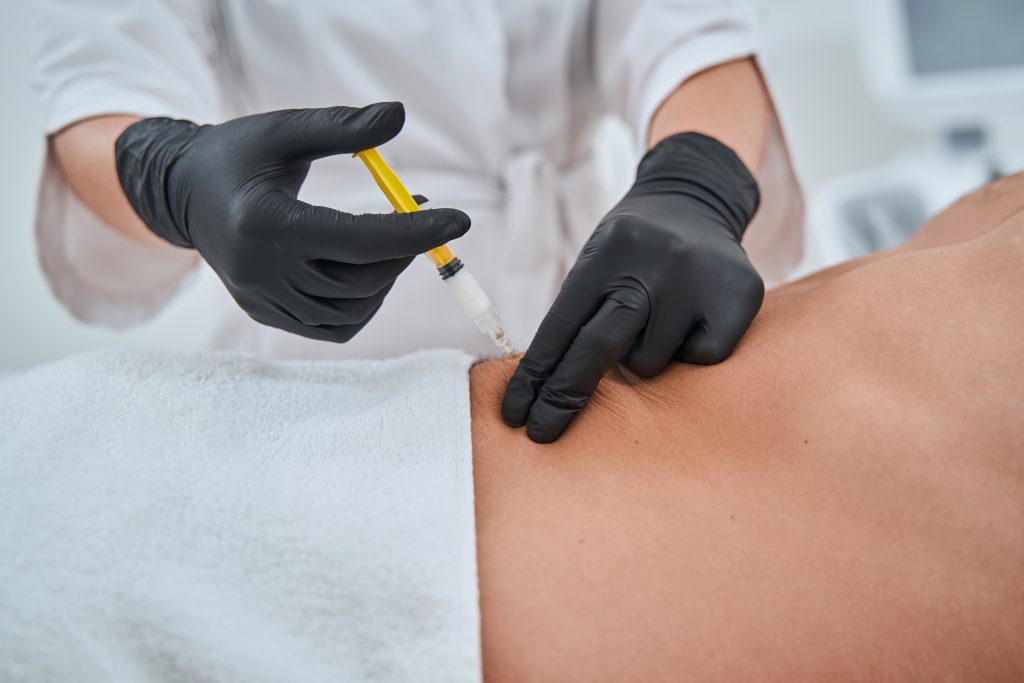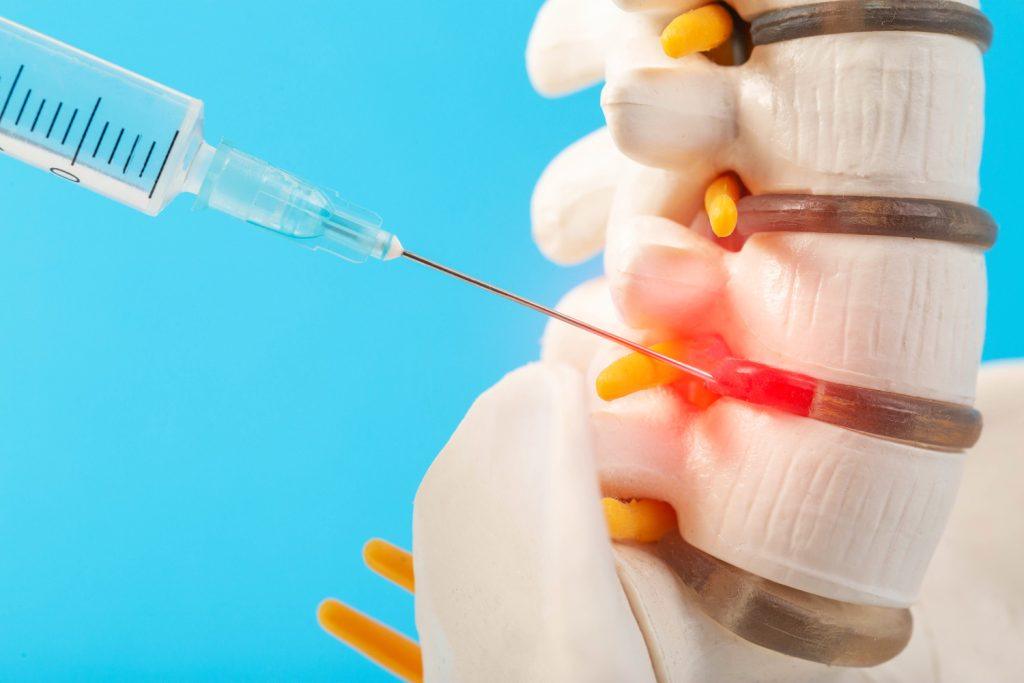Best Practices for Recovery Time for PRP Injections

Traumatic accidents like workplace mishaps and car crashes can lead to musculoskeletal injuries. In some cases, sore knees don’t heal fast enough. Meanwhile, others suffer from back pain that never goes away even after enough rest or therapy.
This is where platelet-rich plasma (PRP) injections come in. In this blog, we will tackle what PRP treatments are, how long recovery usually takes, factors that can affect your recovery, and best practices you can follow for a speedy recovery.
At Surgery Consultants of Florida, we provide trusted and efficient PRP therapies that can help you recover from auto accidents, slip and falls, and motorcycle incidents. Continue reading to know that choosing us is the smartest move you can make for your well-being.
What Are PRP Injections?
PRP injections or platelet-rich plasma injections are a type of orthobiologic therapy. These therapies use the patient’s own blood to support healing.
By concentrating your platelets on the injured area, these injections can stimulate tissue repair and regeneration. With PRP solutions, you no longer need to rely too much on medications.
The process of PRP injection involves drawing a small amount of blood, which is then spun in a machine to separate and collect platelet-rich plasma. After that, it will be injected into the areas that need healing.
PRP injections are commonly used for:
- Ligament tears, tendon damage, and other orthopedic injuries.
- Musculoskeletal ailments, such as arthritis.
- Joint distress in the knees, shoulders, and hips.
- Light sprains
- Minimal muscle strain caused by sports or other physical activities.
When other treatments no longer work, PRP treatments are often suggested by doctors. They recommend these options when patients want a more natural healing approach. Since these injections use your own blood, the risk of negative reactions in your body is pretty low.
PRP Injection Recovery Time: What to Expect
Commonly, recovery starts within the first few days after PRP injections. Expect swelling or soreness right after the procedure. Don’t worry, this is normal and part of how your body starts its healing response.
You may notice some relief within four to six weeks. However, full healing could take longer. The average PRP injection recovery time ranges from a few weeks up to six months. This still depends on the injury’s severity, where it is located, and your overall health.
Usually, doctors recommend physical therapy during the first two weeks of PRP treatment recovery. Physical therapies can help you strengthen your muscles and joints as well as improve your movement. However, intense activities are highly discouraged for at least six weeks.
Another thing you need to remember is that you might need more than one PRP therapy. Depending on your injury, you might need two or more rounds of these injections to maximize their benefits.
Slow PRP Injection Recovery? Here’s Why
The recovery time for PRP injections isn’t always the same for everyone. There are several factors that can affect the healing process.
Type of Injury and Severity
The type of injury you’re enduring and its severity can significantly affect the PRP injection recovery time. For instance, a minimal muscle strain usually heals within a few weeks. Meanwhile, tendon tears may need more time to recover fully.
Injection’s Location
The part that needs the injection is also a factor that can affect the recovery time. Areas with strong blood flow might recover faster compared to other body parts.
Overall Health and Lifestyle
Your overall health also matters. If you have an active lifestyle and maintain good health, you can recover sooner. Commonly, younger people heal faster compared to older adults. Why? Because many adults smoke, have poor sleep, and don’t have an active lifestyle due to work and other responsibilities.
Best Practices for Speedy PRP Injection Recovery
As a patient, you need to know the best practices that can help you have a faster PRP injection recovery. Having the right habits can help things move along smoothly.
Get Enough Rest
When recovering from PRP injections, you need to get enough rest. Make sure to sleep seven to eight hours per day. Refrain from smoking or drinking in the meantime. Also, avoid strenuous activities, such as heavy workouts.
Eat Well and Stay Hydrated
Focus on meals with healthy protein, whole grains, and fresh vegetables. Remember, proper nutrition can support your recovery. Aside from this, you also need to drink plenty of water. Staying hydrated can help your body repair damaged tissue more quickly.
Avoid Anti-Inflammatory Medicines
If your doctor didn’t prescribe them, just avoid nonsteroidal anti-inflammatory drugs (NSAIDs), such as ibuprofen and naproxen. These medications can interfere with how platelets work, which can affect the efficiency of PRP injections.
Stay Active With Physical Therapy
Physical therapy, such as yoga, can help during your recovery. Exercises with gentle motions are usually recommended from the fourth week until the ninth week.
Attend Follow-Up Appointments
If you need more than one PRP injection session, you must strictly attend follow-up appointments. These visits are needed to monitor your progress and help your doctor make medical changes if needed.
Trusted PRP Injections at Surgery Consultants of Florida
If you’re looking for nonsurgical options to support healing and relieve pain, then PRP injections are the best choice. At Surgery Consultants of Florida, we offer trusted and efficient PRP therapies.
For the past 30 years, we have been helping patients heal from trauma with our PRP treatments. They are handled by our fellowship-trained orthopedic spine surgeons. Our team of skilled medical experts combines PRP therapies with customized recovery plans for better results.
Before you start your session, we will conduct a full assessment first. We will guide you with all the options and only move forward if it’s necessary for your case.
Whether it’s a mild strain or severe tendon damage, our PRP injections and other regenerative treatments can satisfy your medical needs. Call us today to book your consultation.
Warning: urlencode() expects parameter 1 to be string, array given in /www/wwwroot/surgeryconsultantsofflorida.com/wp-includes/formatting.php on line 5693

